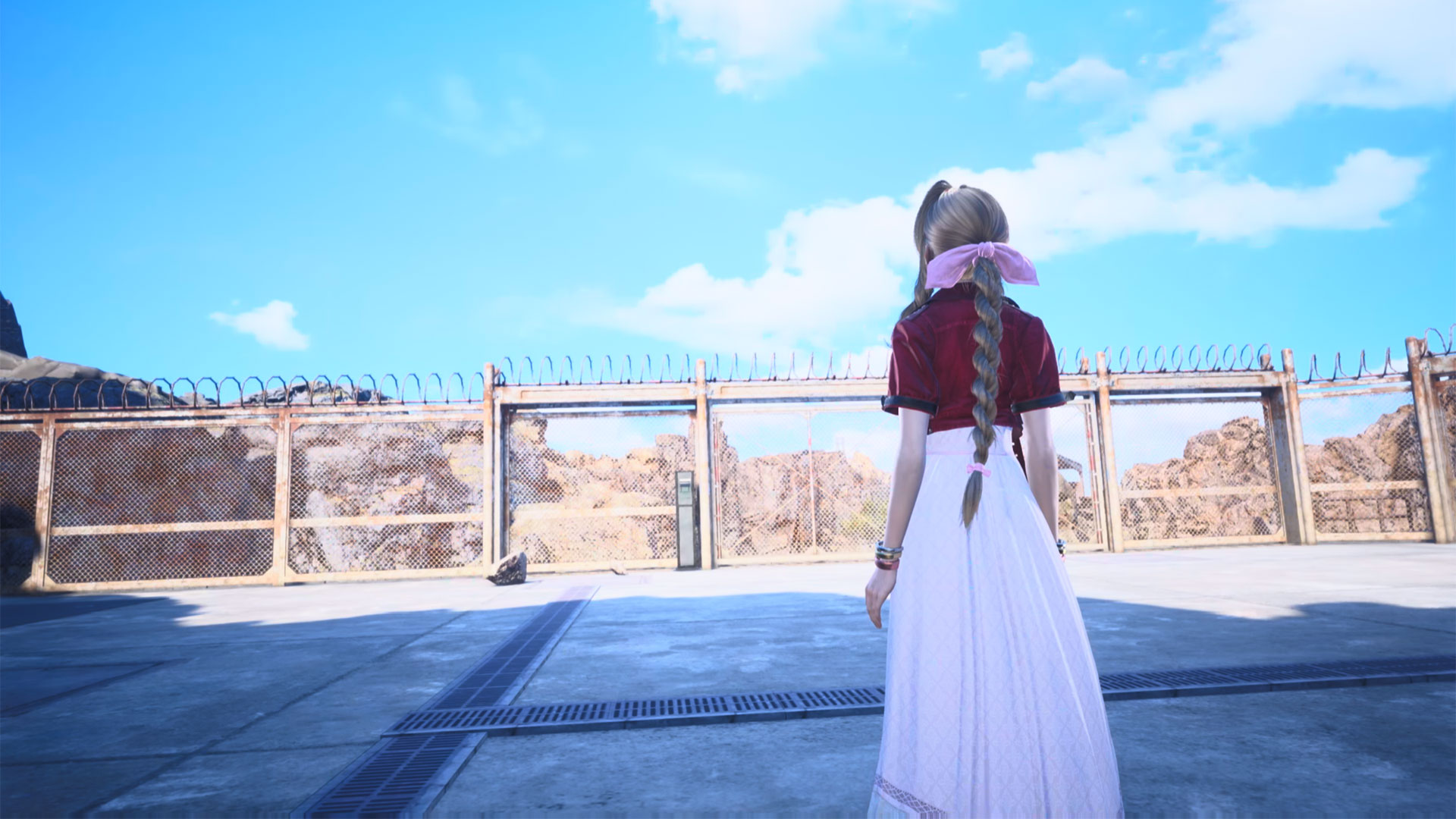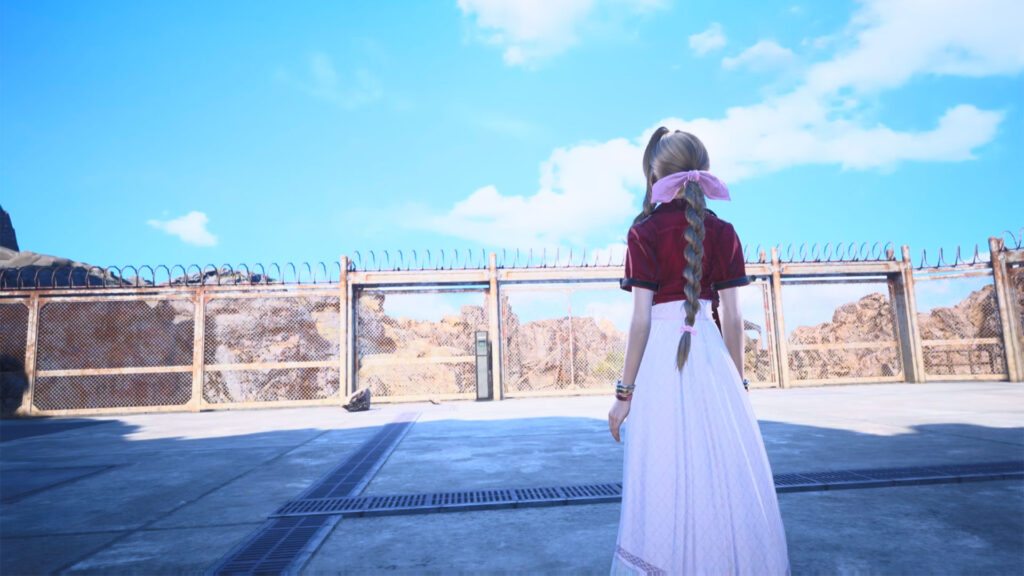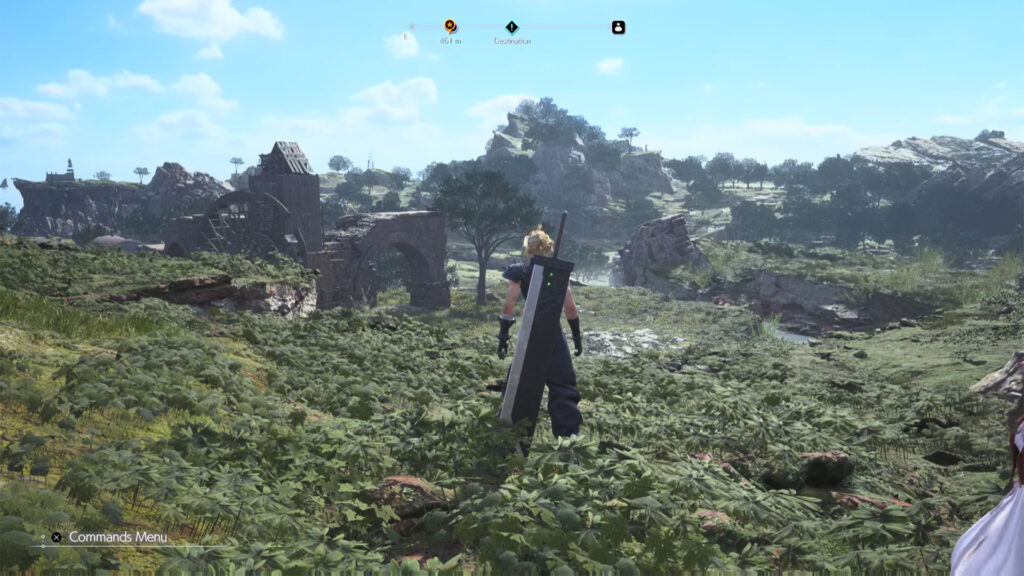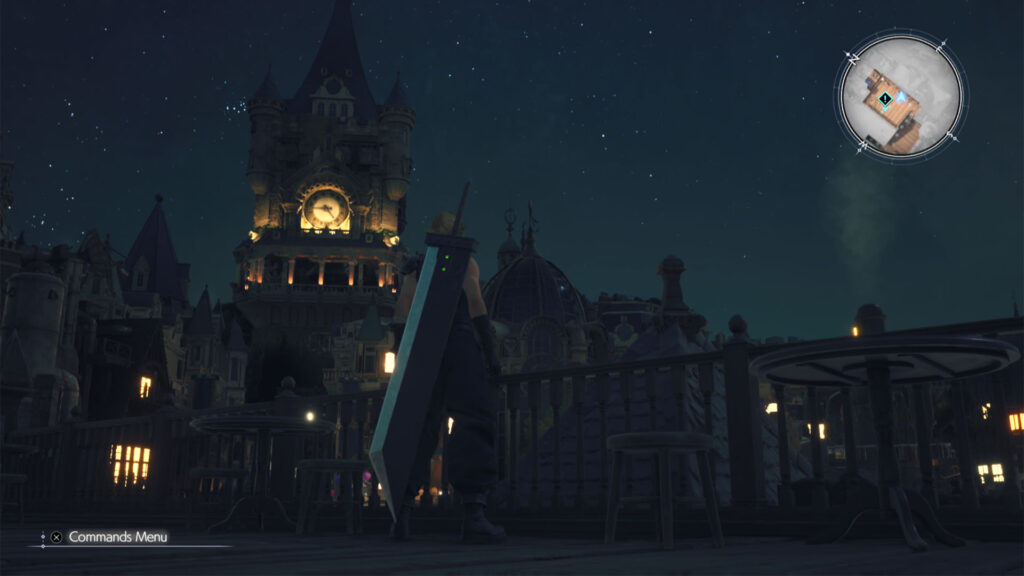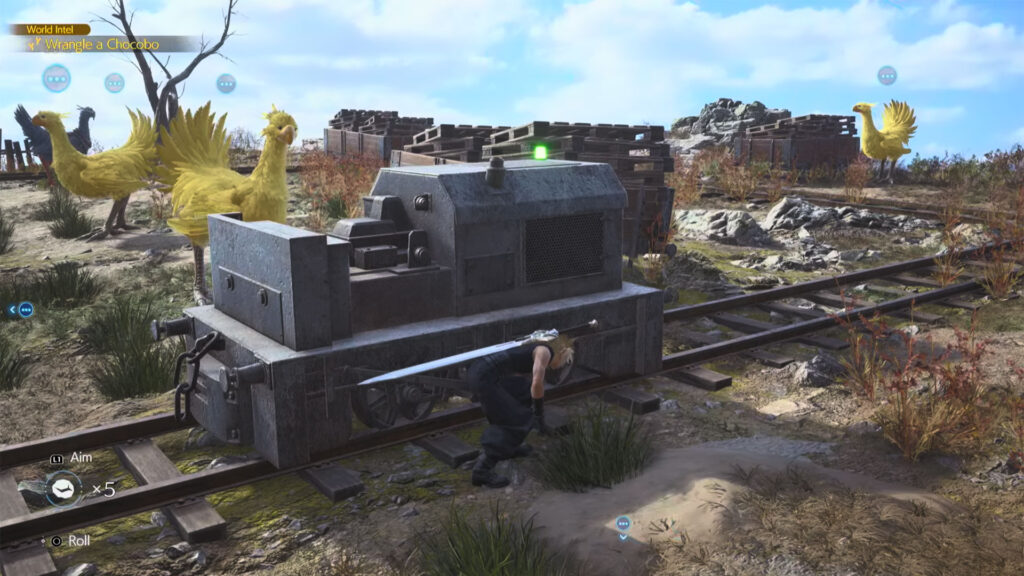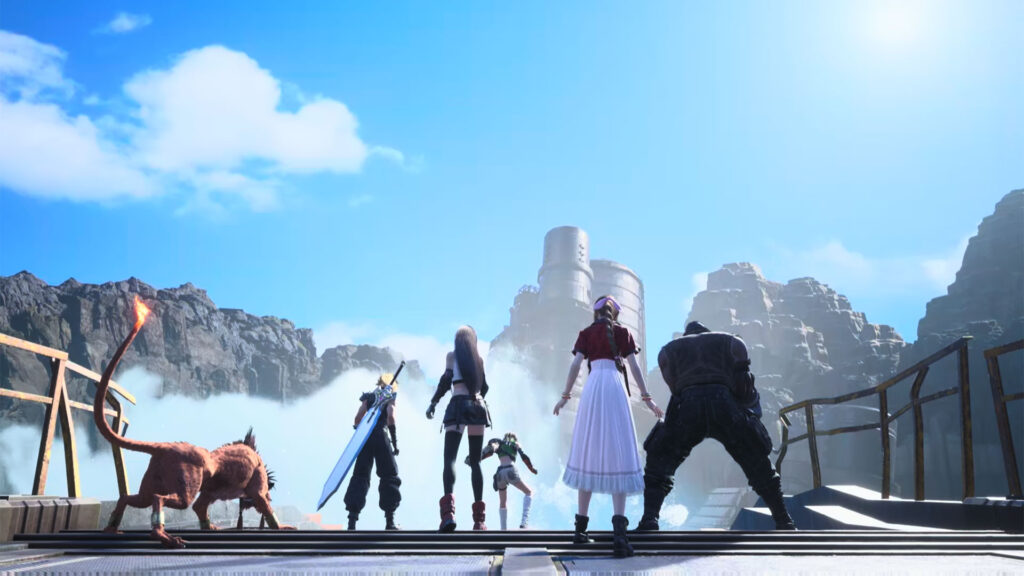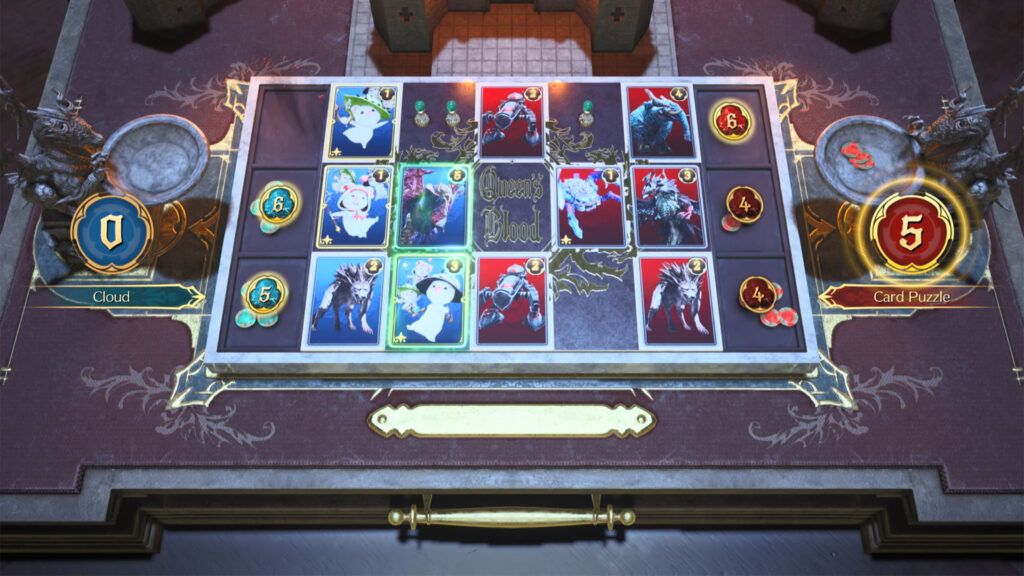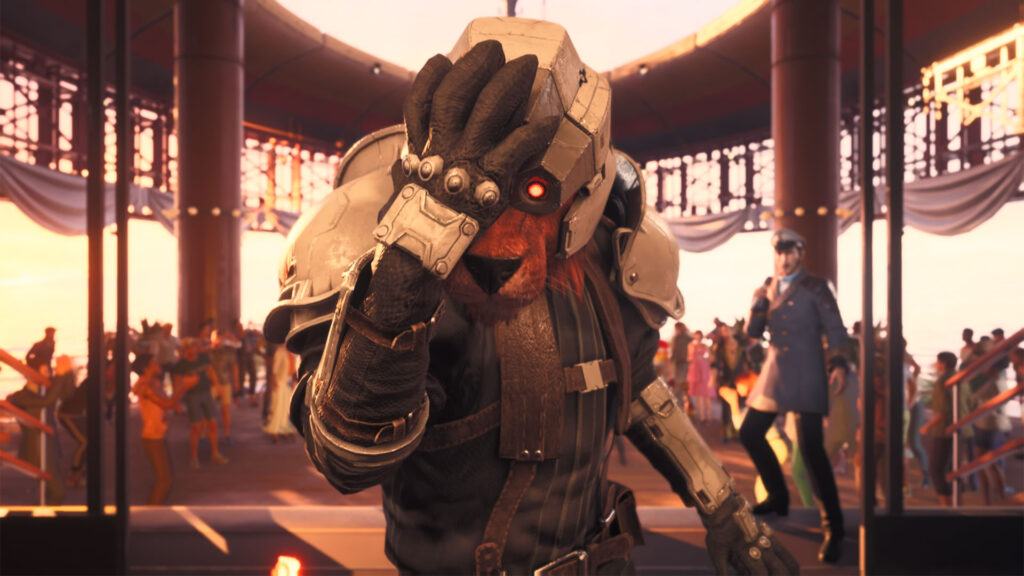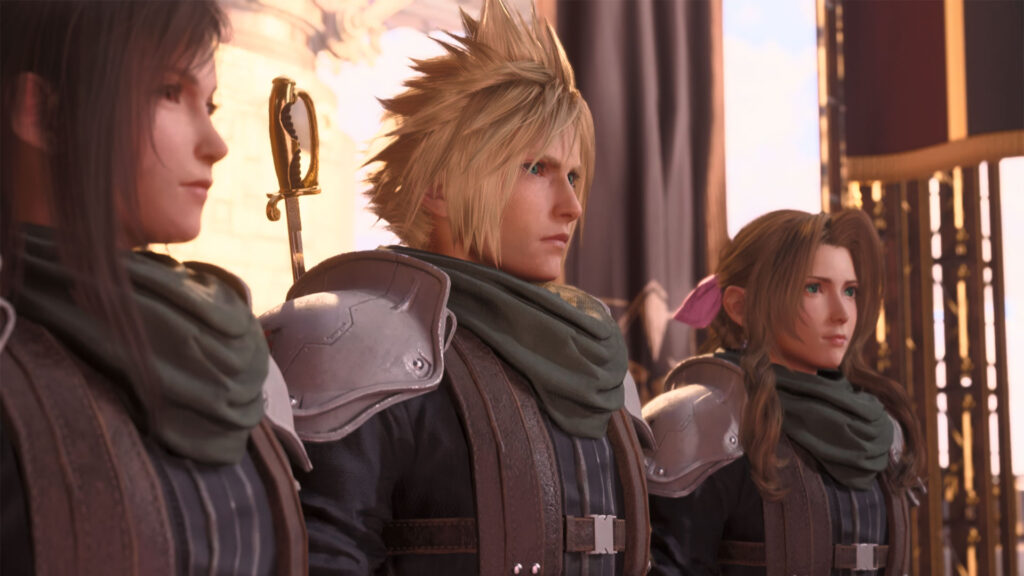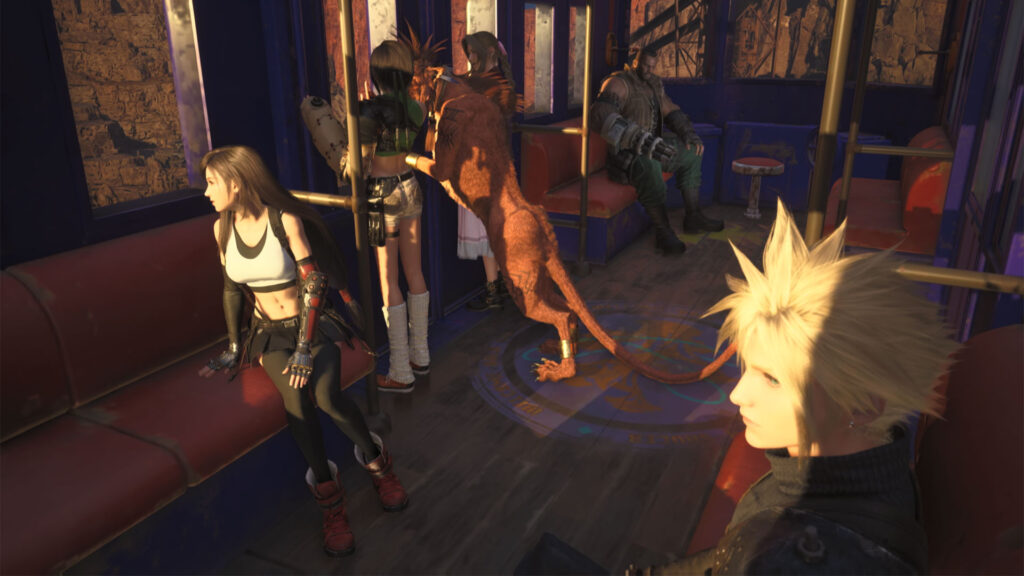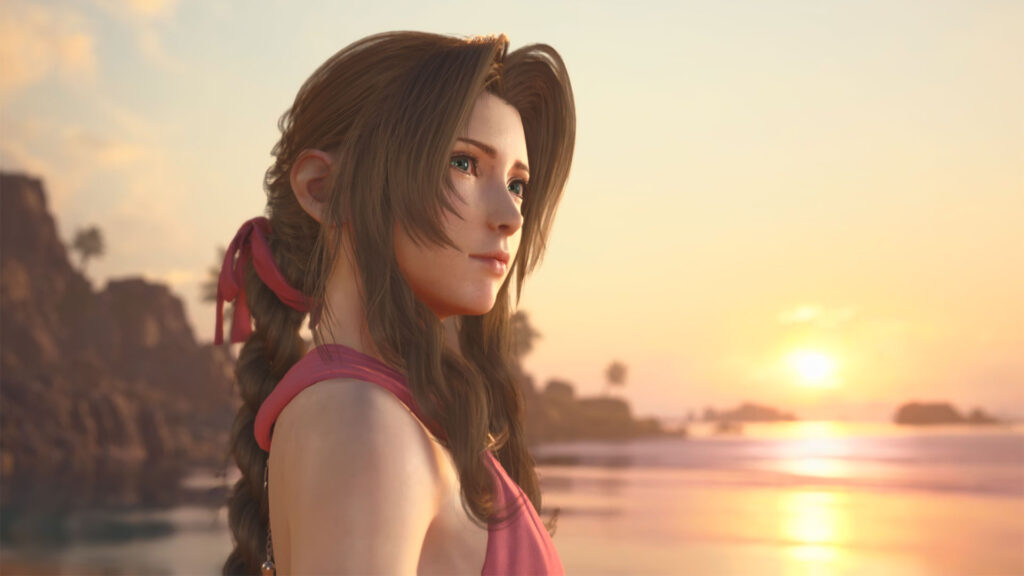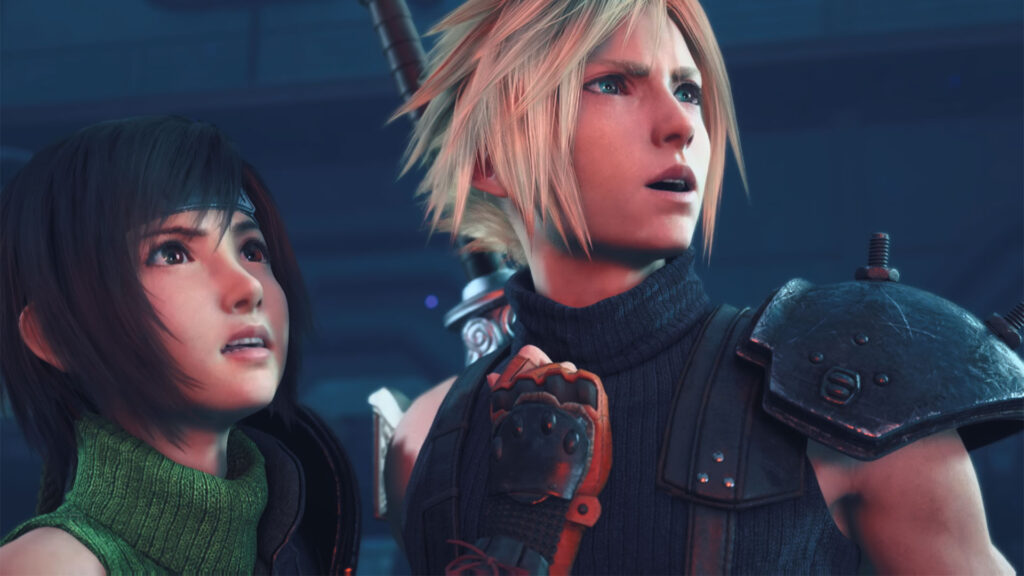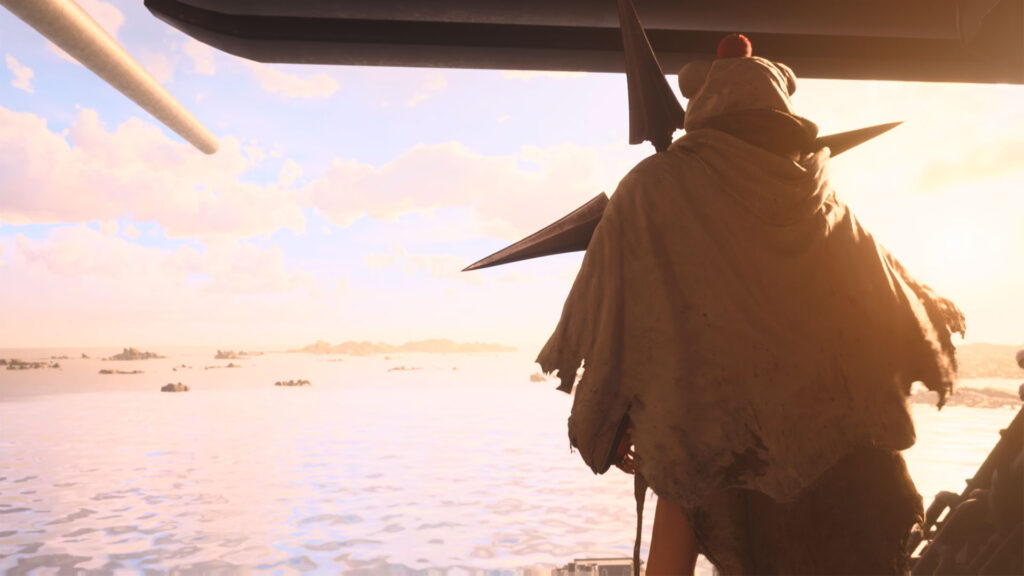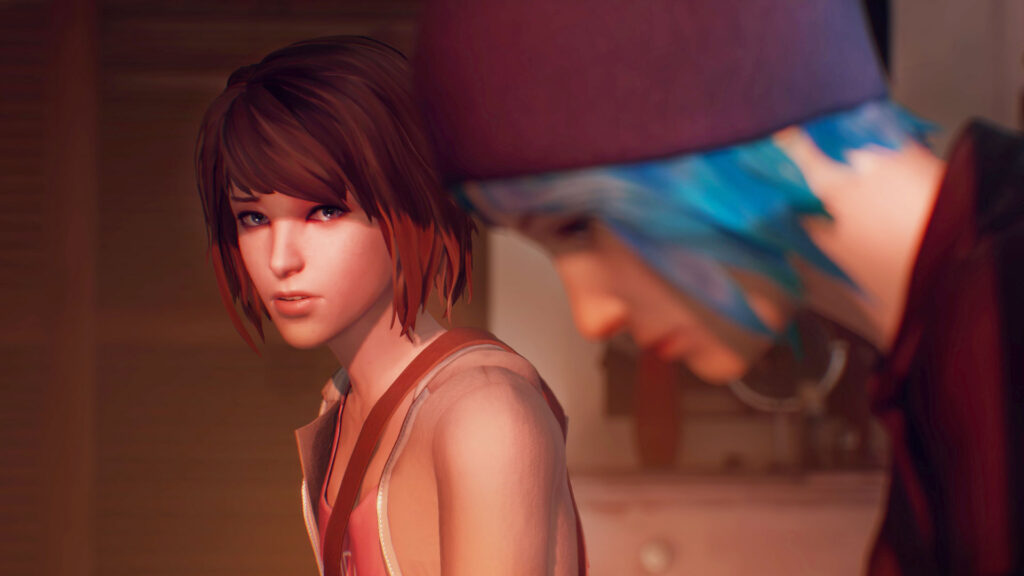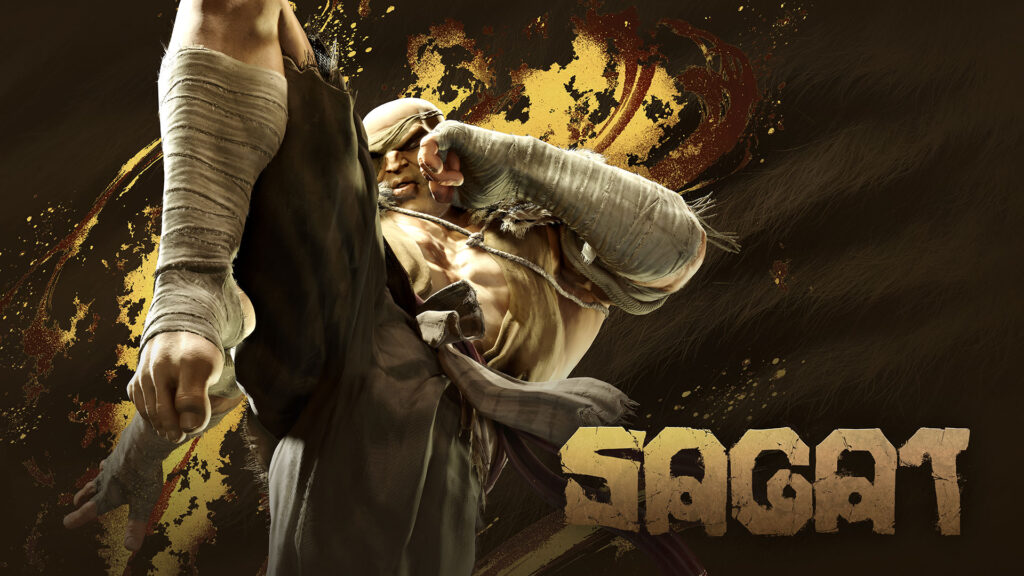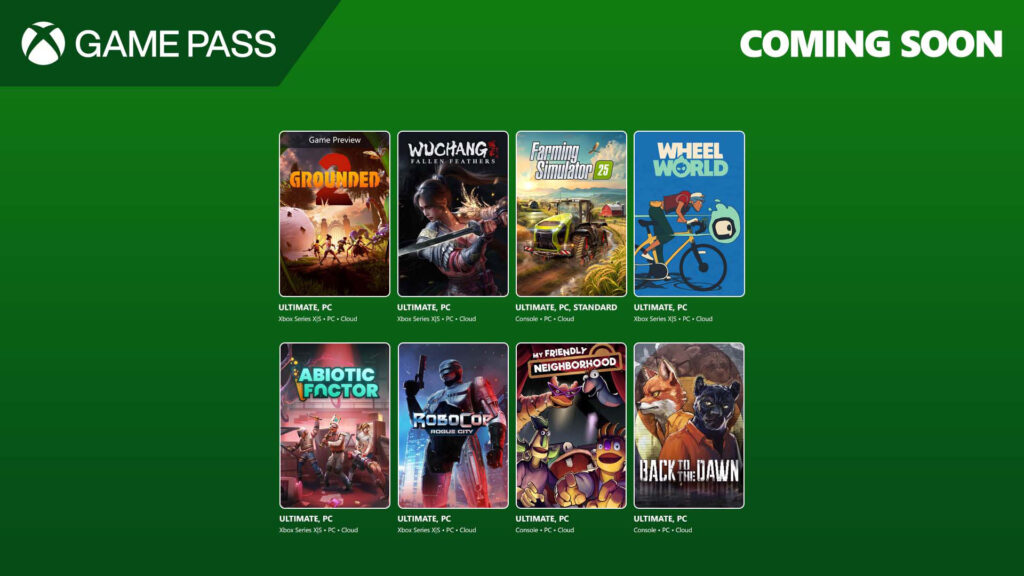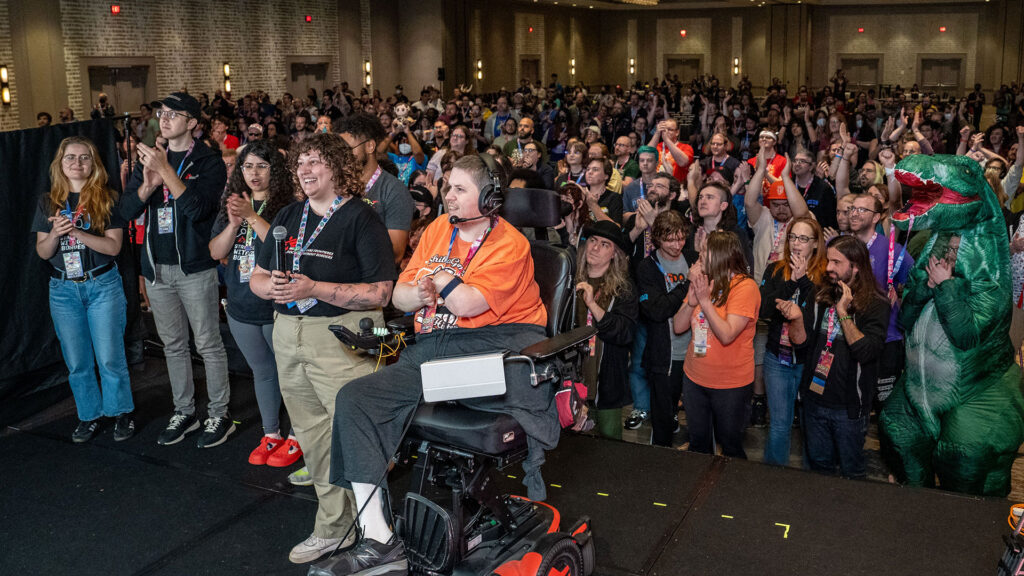Quick Verdict
Final Fantasy VII Rebirth is a beautiful and emotional reimagining of a classic story. It weaves a tale of love and hate, hope and despair, doing so in a way only a Final Fantasy game can: with stunning visuals, an unforgettable soundtrack, and just the right amount of charming cheesiness. As the second installment in the Final Fantasy remake series, Final Fantasy VII Rebirth validates Square Enix’s decision to split the games, allowing for more character development, better storytelling, and improved gameplay.
The game builds on Final Fantasy VII Remake in every aspect, from combat to exploration, side quests to boss fights. Experiencing familiar sights reborn with such meticulous detail evokes pure joy and wonder, proving that video games can tell stories in ways other media simply cannot. As the credits rolled, I was left feeling that Final Fantasy VII Rebirth isn’t just among the best Final Fantasy games I’ve ever played; it ranks as one of the finest video gaming experiences I’ve ever had.
A Cloudy Day
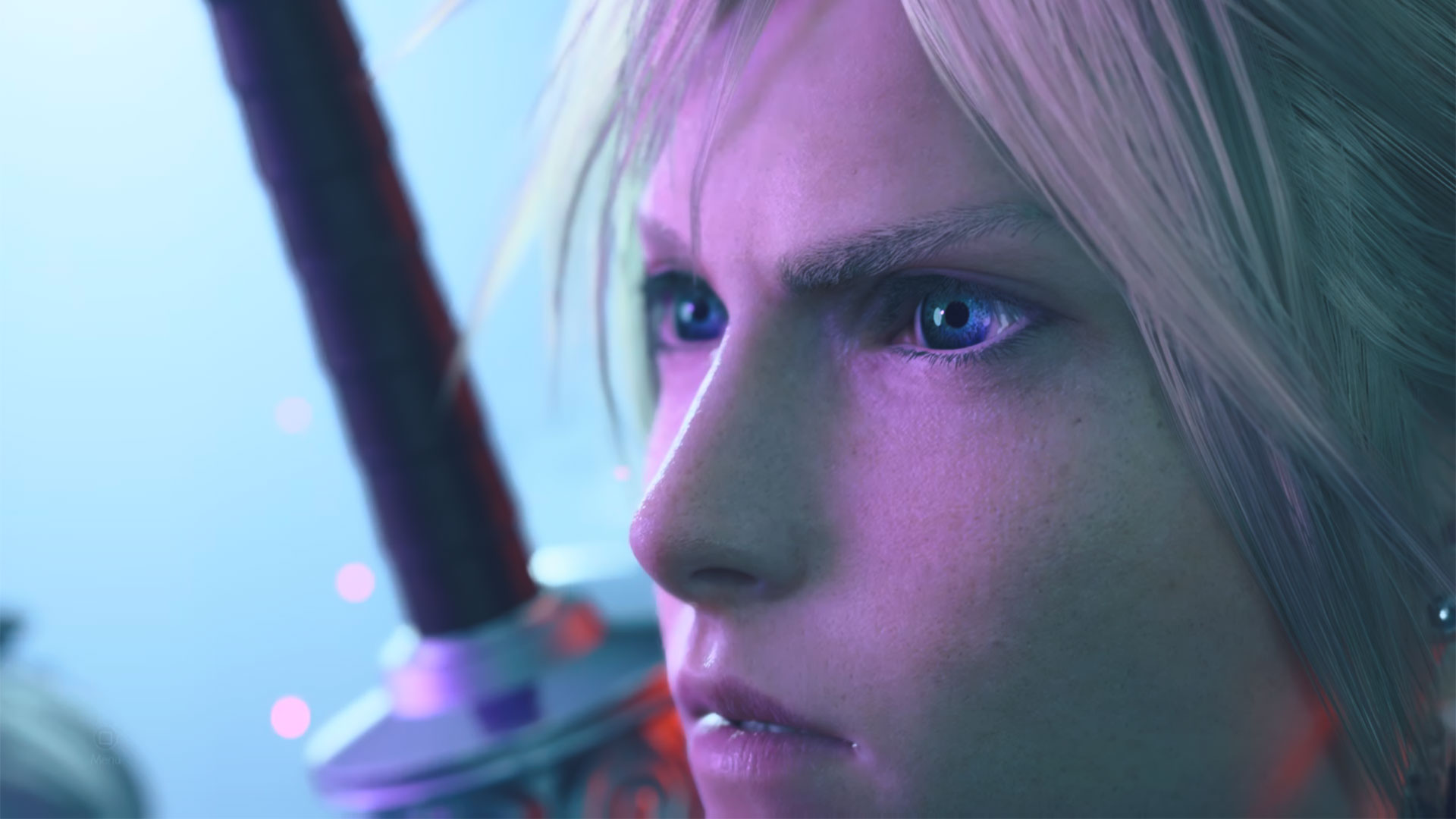
“Oh come now, it’s been a gripping tale. Unbreakable bonds and noble sacrifice, sprinkled with moments of levity to counterbalance the pathos. It’s got it all,” is a quote from Final Fantasy XIV: Endwalker that I kept thinking about throughout my playthrough of Final Fantasy VII Rebirth. It accurately summarizes my thoughts and feelings about the game, especially with the part, “It’s got it all.” The second entry in the Final Fantasy VII remake series builds upon its predecessor in every way imaginable, proving that sometimes more is indeed better. More importantly, I feel that Final Fantasy VII Rebirth confirms Square Enix knows exactly what it’s doing with the series. Although it’s disappointing that experiencing the entire trilogy will likely take eight years, it’s much easier to accept when Rebirth delivers in spades. It would be easy to criticize Square Enix if each game felt more like a cash grab than a full-featured title, but Rebirth feels like the realization of the development team’s vision.
Last year, the release of Final Fantasy XVI sparked the debate, “What makes a Final Fantasy game, a Final Fantasy game?” Eventually, Push Square asked this question in an interview with the developers, which resulted in this gem of an answer from Naoki Yoshida: “My answer is simple. You need to have the best story, you need to have the best graphics, you need to have the best battle system, you need to have a lot of content, you need to have the Chocobos, you need to have Moogles, you need to have great sound, and that makes a Final Fantasy. And if you’re missing even one of them, the fans will hate you forever. If you don’t get all seven of them, everyone will get mad. And so, yeah, some people think it’s about the story, some people think it’s about the battle system and the characters – they’re all right! You need all of those things! Sure!” Some might interpret Yoshida’s remarks as facetious, but his answer isn’t far from reality. Funny enough, it’s Final Fantasy VII Rebirth that actually sticks the landing with all of those requirements.
In my Final Fantasy XVI review, I mentioned my belief that each Final Fantasy game embodies an underlying story of hope. While that is still true, my new answer, after playing Final Fantasy VII Rebirth, to what makes a Final Fantasy game, a Final Fantasy game, is the game’s characters. This is, after all, a franchise that has managed to transform ordinary weather-related terms into iconic characters, such as Cloud, Squall, and Lightning. Character growth is where Final Fantasy VII Rebirth truly excels, as Square Enix fully utilizes the extra time afforded by developing three games instead of condensing the story into a single title for the remake series. Each member of our main cast has their moment to shine, with excellent voice acting and stellar visuals adding significant impact to their emotional stories. It proves just how important those aspects are for telling a story.
Turk-ish Delights
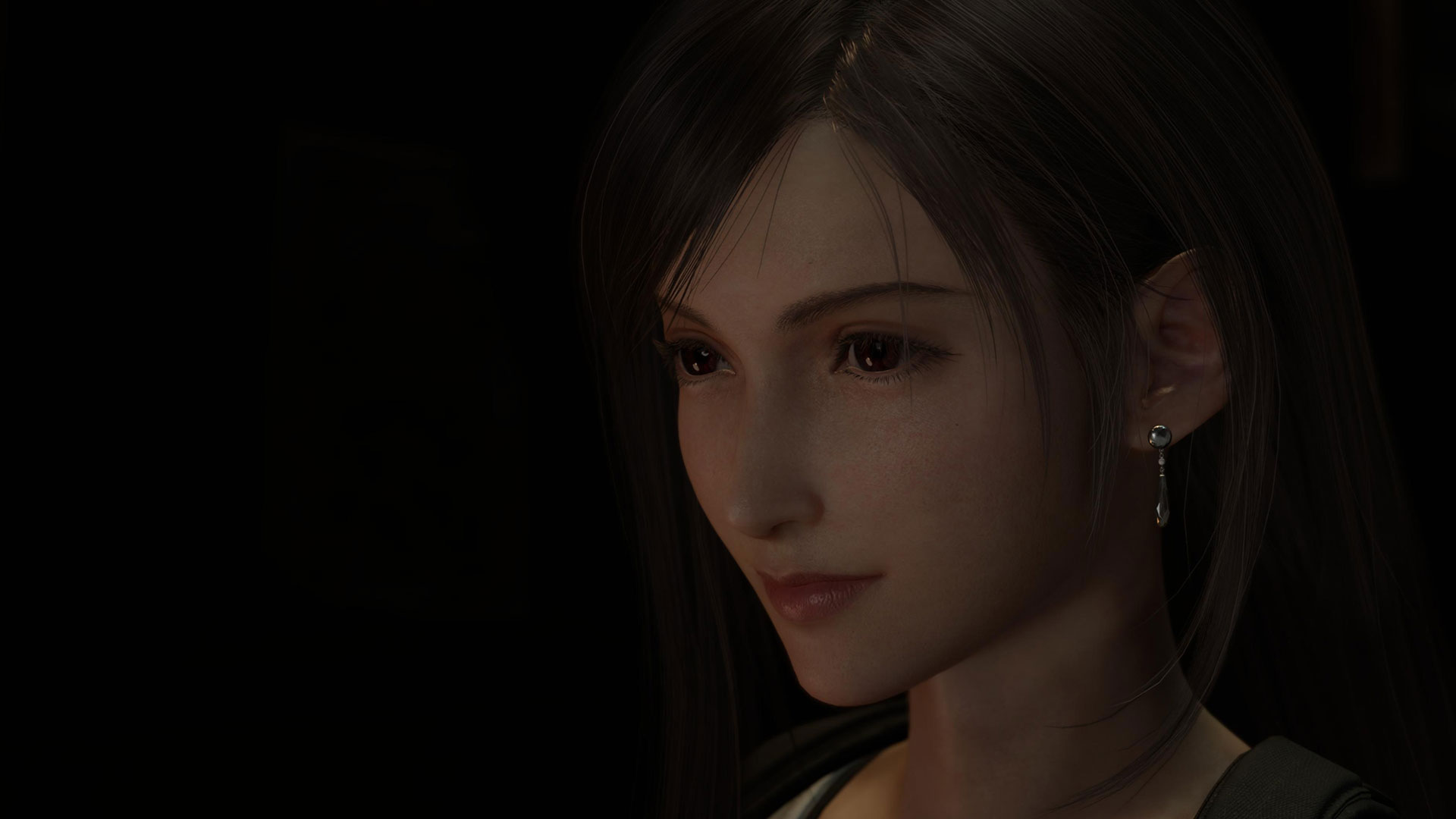
It’s been a long time since I’ve ignored the need—or the desire—to sleep, all for the sake of playing a video game. Over the course of 96 hours, I dedicated 60 to playing Final Fantasy VII Rebirth. In that time, I managed to finish the main story campaign, all the Odd Jobs, a bit of World Intel gathering, and parts of the Protorelic quest line. I spent a few hours on the minigames, especially the brilliant Queen’s Blood card game, and I now plan to invest the necessary time to earn a Platinum trophy, having already started my Hard playthrough. Final Fantasy VII Rebirth is massive, with possibly 100 hours of content depending on how meticulous you are. There’s a bit of everything for everyone here, but if you only care about focusing on the main story, it will take 30 to 35 hours to complete. Personally, I recommend tackling the Odd Jobs for each region, as I found each of these side quests to be enjoyable, further expanding on the story, characters, and world. These side quests may also feature a companion, further strengthening your bond with them and rewarding Manuscripts for that character, which grant additional skill points. Plus, it’s a great way to gain Party Levels.
Final Fantasy VII Rebirth picks up immediately where Final Fantasy VII Remake ends, showcasing a stark contrast from Midgar upon our reintroduction to the cast in Kalm. The town is full of color and life, instantly setting the tone that Rebirth is a far departure from the slums of Midgar. Our cast of characters is now familiar with one another, developing a true sense of camaraderie and friendship that builds throughout the game. For me, this game succeeds in building those bonds of friendship that Final Fantasy XV strived for, but ultimately fell short of. We’re finally able to see all the different sides to these characters, developing them in a way the classic Final Fantasy VII was unable to do. I’d argue we wouldn’t have been able to get this experience if Square Enix created a single game for the remake. I’m just grateful that the developers did right to these beloved characters.
The adventure truly begins once the group leaves Kalm and steps out into the Grasslands. This is where players are introduced to the general gameplay loop of Final Fantasy VII Rebirth, which involves unlocking Remnawave towers for Chadley in the region, and exploring the markers in the expertly-crafted open world. Each of these regions is distinct, and some have their own special chocobos that help in getting around. For example, one region will have chocobos that can climb up walls, while another has mushrooms that launch chocobos to reach higher areas. Exploring the world does have its minor frustrations, especially without the ability to jump. There will be some areas where you feel like you’ll be able to easily jump down, but the game won’t allow it.
In 2021, the PlayStation Blog published a post titled, “PlayStation developers’ most anticipated games of 2021 and beyond.” Naoki Hamaguchi, Game Director of Final Fantasy VII Rebirth, picked Horizon: Forbidden West because Horizon Zero Dawn left a significant impression on him as a game creator. The inspiration shows as soon as you step foot into the Grasslands of Final Fantasy VII Rebirth, from the crafting items you can pick up in the environment, to having to sneak up to a chocobo to capture it for riding. There are even infamous yellow markers for climbing, although one could say that influence originally comes from the Uncharted series. The point is, if you’re familiar with the two Horizon games and how it handles its open world, Final Fantasy VII Rebirth will feel familiar. Just imagine those Remnawave towers as being Tallnecks.
One of the new features that ties into world exploration is the Item Transmuter, which allows you to craft items from the resources gathered throughout the world. It actually works well in keeping you stocked up on the basic necessities like Potions and Ethers without having to spend Gil. There is a leveling system with it, as you gain EXP for each first-time craft. More items unlock as you level up, including accessories and armor pieces. It gives another meaning for exploring the world and picking up all the materials you find, since I’ve found Gil is better spent on Materia and cards for Queen’s Blood.
Bound by Fate

I would say Final Fantasy VII Rebirth is more evolutionary than revolutionary, building on its predecessor’s foundation with new ideas, but none that make the game unrecognizable if you’ve played Final Fantasy VII Remake. The biggest addition to the combat system actually builds on the Intermission DLC with Yuffie and Sonon. Players can now use Synergy Skills, pairing up two characters for attacks that don’t require ATB. In fact, they can help build ATB quicker and give an additional skill to weave in between normal attacks and ATB spending. Performing certain abilities grants pips that enable Synergy Abilities, offering much more powerful attacks that can also raise the Limit Break level, grant unlimited MP, or provide three ATB bars instead of two.
These Synergy Abilities are unlocked through the new Folios system, replacing the less inspired weapon upgrade system found in Final Fantasy VII Remake. Folios are a bit like Final Fantasy X’s sphere grid, but much simpler. There are some decisions to be made, especially early on when SP is limited. Beyond Synergy Abilities and Skills, Folios offer passive upgrades for stats and abilities, enabling actions like unleashing elemental attacks without spending MP. As you invest more into each character’s Folio, it unlocks equippable Weapon Skills for each weapon. The diversity is surprising, catering to various playstyles, from basic stat increases like “Magic Attack Power +20” to situational skills that extend buff durations or reduce magic damage when successfully blocking. Folio offerings expand as the Party Level increases, which naturally happens as you spend time with your companions and do Odd Jobs with them. Overall, the combination of the Folios and Weapon Skills system results in a much better progression system than what’s found in Final Fantasy VII Remake. I found myself having to make meaningful decisions when spending SP and choosing which Weapon Skills to equip.
The Materia system returns, remaining mostly unchanged, for better or worse. There are new Materias to experiment with, but how they work and are equipped remain just like in Final Fantasy VII Remake. Unfortunately, there still isn’t a loadout system, though you can now view all the Materia equipped on your party members in one convenient location. Still, an easy way to save Materia loadouts would have been appreciated, even though I understand this could become overly complex given the variety of weapons and armor in the game.
Nonetheless, all this contributes to a more interactive and complete battle system, which is impressive considering how great Final Fantasy VII Remake felt to play. The Pressure and Stagger systems play a larger role, emphasizing the need of using the Assess ability to uncover enemy weaknesses. While spamming a few buttons will get you through the normal mobs, some boss fights can be quite challenging. Parties still consist of three members, but the addition of new party members really opens up the possibilities. I spent much of my time controlling Yuffie as I love her versatile playstyle, but you’ll want to be comfortable playing as every character in the roster. Routine party changes throughout the story enforce a specific party composition, further contributing to character dynamics and relationships. While this occurred in Remake, it happens more frequently in Rebirth.
A Fair Chance at Destiny
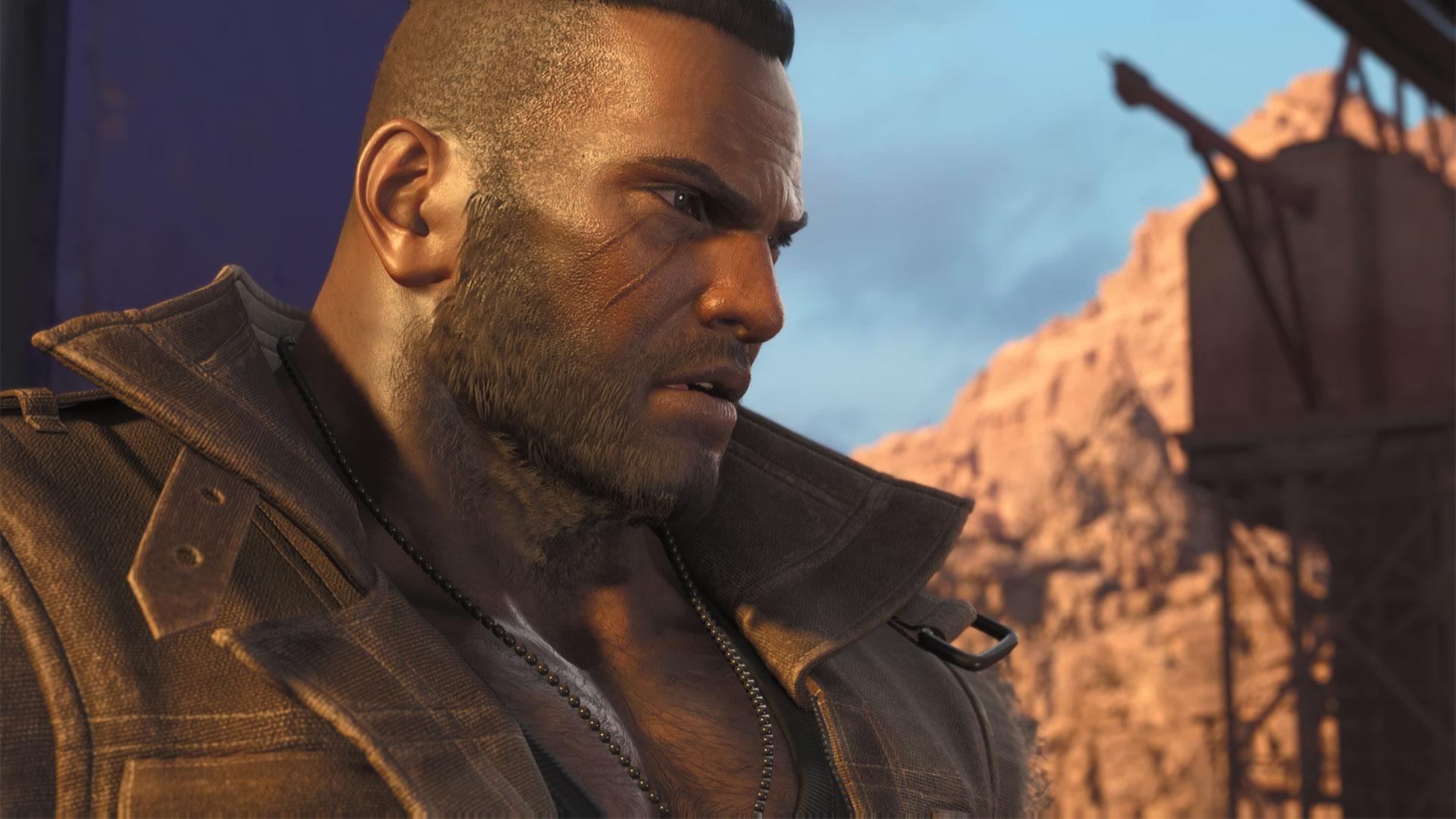
Whether you choose to explore everything Final Fantasy VII Rebirth has to offer, or stick to the main story, you’ll engage in minigames, and lots of them. The variety of minigames in Final Fantasy VII Rebirth is impressive, including reimagined versions from the original Final Fantasy VII and refreshed ones from Final Fantasy VII Remake. Many, however, are brand new, and their enjoyment really is a matter of personal preference. What I do appreciate is that minigames are basically being used in place of mundane fetch quests. So, before complaining about the number of minigames in Final Fantasy VII Rebirth, ask yourself: would you rather be fetching and delivering four carrots instead? Personally, I’d rather try to get Red XIII to boop a giant soccer ball into a goal. It’s also worth mentioning that certain minigames, like capturing a chocobo, do have checkpoints, so you don’t have to start from the beginning if you mess up near the very end.
All of these improvements contribute to making this ambitious project successful, but there are still issues. Like with Final Fantasy XVI, I opted for Graphics Mode in Final Fantasy VII Rebirth despite my penchant for higher frame rates as a primarily PC gamer. Unfortunately, the reduced fidelity in Performance Mode was distracting in some areas of the game. In certain scenes, Final Fantasy VII Rebirth is stunningly beautiful and best-in-class, and Performance Mode really takes away from that experience. That said, I quickly adapted to 30fps and wasn’t as disappointed as I expected to be having to give up 60fps. However, even in Graphics Mode, you’ll encounter some unattractive textures and pop-ins, though not to a degree that detracts from enjoying the game. It’s unclear how much of this will be addressed in a day one patch, but I’ll be sure to update the review if it does. I do plan on doing my entire Hard playthrough in Performance Mode.
I recommend adjusting your audio settings, as the sound mixing is, once again, not great. The music tends to overpower dialogue, especially if you’re using a surround sound system. I kept Master and Speech Volumes at 10, but I set both Music and Song Volumes down to 6, and took SFX Volume to 8. These settings worked well with my 5.1 home theater setup and SteelSeries Arctis Nova Pro Wireless headset.
There are also minor gripes with the gameplay, especially a sequence in a specific area that inconveniently slows to a crawl due to a frustrating mechanic. For the sake of avoiding spoilers, I won’t go in depth about some of these gripes in this review. I will add that it’s fair to say there are some pacing issues with the main story, even if that’s all you’re focused on doing. Really though, what I found irksome was such a small slice of this hugely enjoyable pie that it was quickly forgotten.
Dreams of the Sky

As I mentioned before, what makes Final Fantasy VII Rebirth a truly exceptional experience is how well it handles its cast. These characters are well-known to older gamers, yet an entirely new generation (or two) may have never experienced Cloud and company’s full story. Final Fantasy VII Remake introduced Cloud, Barret, Tifa, Aerith, and Red XIII, while Intermission added Yuffie. And just like how the development team gained experience from crafting Remake, the voice acting cast delivers a noticeably improved performance in Rebirth. I believe the actors’ growing familiarity with their characters over the years contributes significantly to how invested players become in each character’s story. In Rebirth, Barret’s voice actor, John Eric Bentley, really stood out to me. By showing a softer, friendlier, and much more human side to Barret, Bentley delivers a performance that deserves recognition. Truly though, every character in Final Fantasy VII Rebirth is well-acted, including new additions such as Paul Tinto (Cait Sith), J. Michael Tatum (Cid Highwind), and the notable Matthew Mercer (Vincent Valentine). Of course, this stellar voice cast is also accompanied by an amazing soundtrack. Those familiar with the original Final Fantasy VII will find a lot to love here, with modern renditions of recognizable classics. As with every other aspect of Final Fantasy VII Rebirth, the soundtrack has been reimagined yet continues to pay homage to the original.
While Final Fantasy VII Remake did bring some iconic locations to life, the first game in this trilogy was confined to Midgar. Final Fantasy VII Rebirth, however, is full of these moments, delivering scene after scene of places I never imagined coming to life in this way. From Costa del Sol to the Gold Saucer, Cosmo Canyon to all the locations I can’t mention because of spoilers, it’s remarkable how familiar they will be, but at the same time, vastly different. Much care was taken to preserve the original identity of these places, while fully realizing how they fit in a modern video game. There’s a unique feeling when a brief glimpse of scenery in a video game triggers a memory long thought forgotten. For a moment in time, I’m once again a teenager staring at a tiny CRT TV and exploring the hidden wonders of the planet we are trying to save.
I believe the level of enjoyment one gets from Final Fantasy VII Rebirth depends on how much they’ve engaged with other parts of the Final Fantasy VII universe. At the very least, I believe everyone should play Crisis Core: Final Fantasy VII Reunion before jumping into Final Fantasy VII Rebirth, and I’ll further emphasize that there’s a good reason why Square Enix brought Final Fantasy VII: Advent Children back to theaters. On their own, Final Fantasy VII Remake and Final Fantasy VII Rebirth are complete, standalone stories, but there’s greater enjoyment if you’ve experienced both Crisis Core and Advent Children. A good way to explain this is that you can watch Marvel’s The Avengers without watching all of the movies that came before it, but you’d enjoy The Avengers much more by having spent time with the characters beforehand.
A Hero Reborn
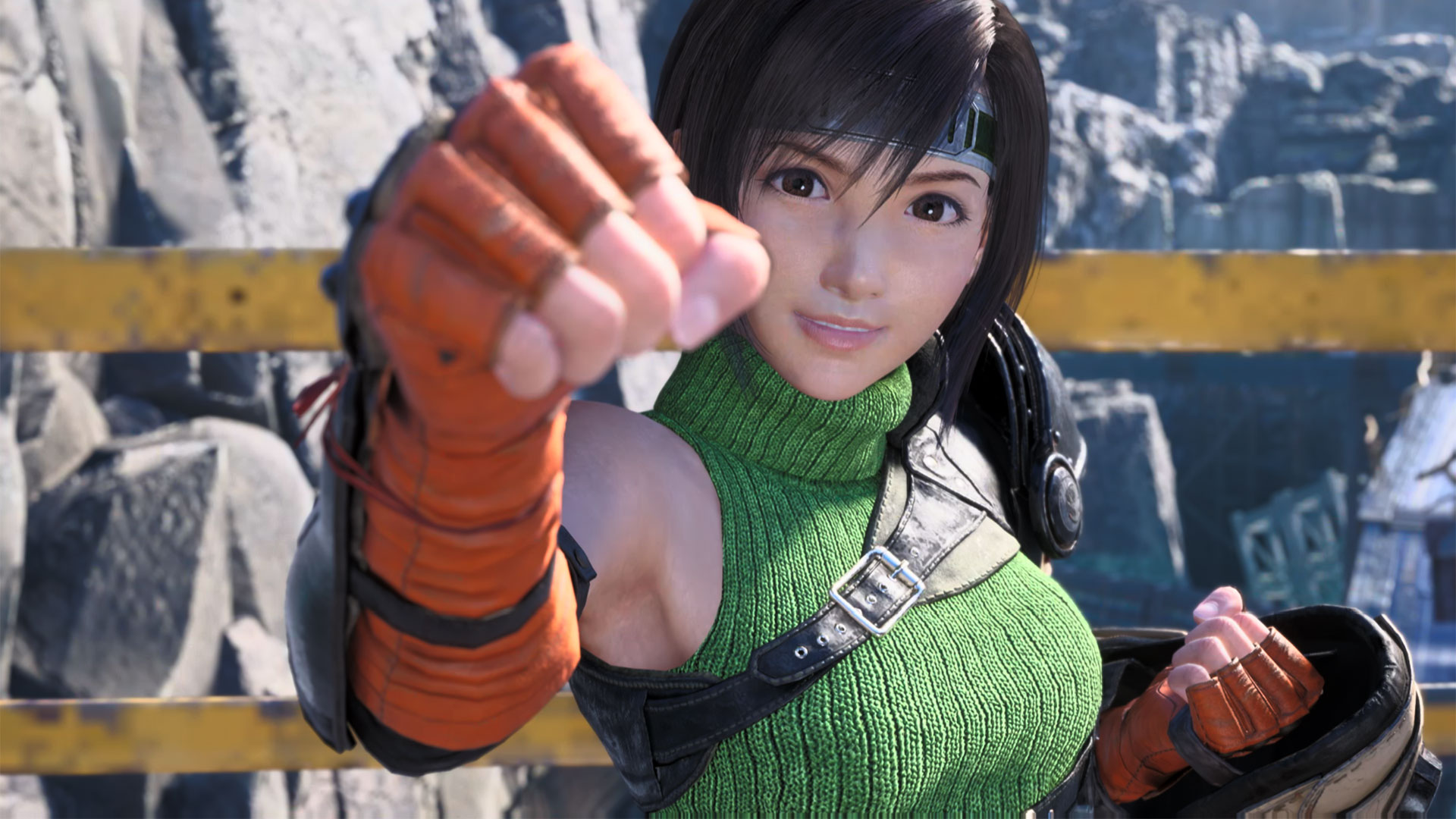
From fixing a chocobo stop to turning into a frog for a side quest, Final Fantasy VII Rebirth truly embraces what the franchise is all about. This masterpiece doesn’t just represent the original Final Fantasy VII, but the series as a whole. The game also does it in a way that’s arguably better than any other Final Fantasy game—although Final Fantasy XIV may put up a fight in a fair argument. You can see inspiration from other entries throughout Rebirth, and it even drops a presumably intentional “YRP” reference for those of us who played Final Fantasy X-2.
The game also exemplifies how things can always change for the better. I vividly remember playing the original Final Fantasy VII demo, which was included with a fighting game called Tobal No. 1. At the time, I couldn’t imagine how video games could be improved. When Final Fantasy VII: Advent Children first released in 2006 in North America, I remember thinking what it would be like to play a Final Fantasy game that looked as good as Advent Children. Remake delivered on that dream, but Rebirth actually fulfills that fantasy. Right now, I’m thinking Final Fantasy VII Rebirth is as good as it gets, so what is Square Enix going to deliver with the final game in the trilogy a few years from now? What are video games going to be in another 27 years, and will an entirely new generation be experiencing Final Fantasy VII all over again?
Ultimately, Final Fantasy VII Rebirth left me with the lasting impression of being meticulously and lovingly crafted, reimagining the events of the original game. Although I found the ending slightly messy, it didn’t detract from my overall enjoyment of the game. This experience far surpassed what I could have imagined when the Final Fantasy VII remake series was announced, and that says a lot about delivering on expectations. I always say, the best games are the ones with the most memorable moments. Final Fantasy VII Rebirth is just full of them, especially if you’ve enjoyed the original, Crisis Core, and watched Advent Children. Perhaps even Dirge of Cerberus—wait, are we allowed to talk about Dirge of Cerberus now?
If Final Fantasy VII Remake served as the appetizer and Final Fantasy VII Rebirth as the main course, then I fully expect the trilogy’s final game to serve as a delightful dessert. It might not be necessary, but boy, will it be sweet to have.
Final Fantasy VII Rebirth releases on February 29, 2023 on PlayStation 5. This review is based on a retail code provided by Square Enix on PlayStation 5 prior to launch. While FullCleared has affiliate partnerships, these do not influence our editorial content. We may, however, earn commissions for products purchased via affiliate links.

